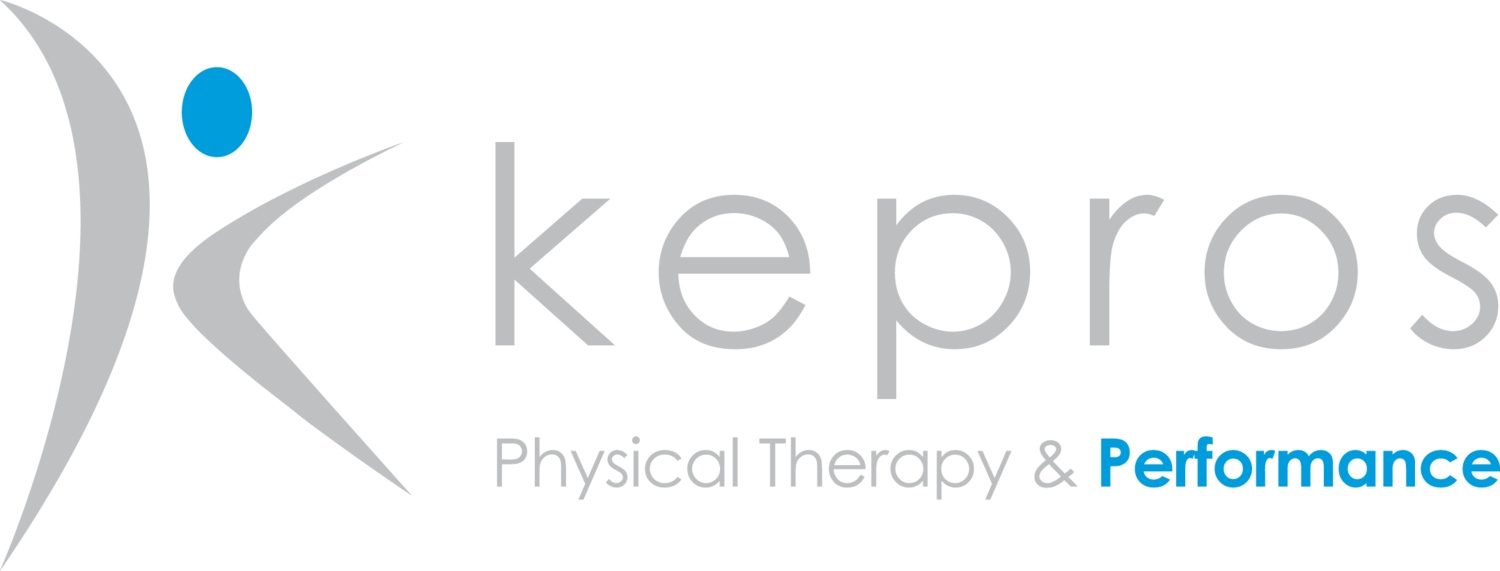Movement, Pain & Becoming Better
When we see a new patient for the first time, we try to answer these three questions:
What is going on?
How long will it take to go away?
What can I do to help?
The first question is usually the most important one the patient has as well, and we can’t answer the next questions without an answer to the first.
Some patients might expect to come out with a diagnosis of patellar tendonitis (knee pain) or a sprained ankle, and sometimes that is the case with a recent, true injury. However, many patients have a slow onset of pain that can’t be explained by one thing and doesn’t fit the “textbook diagnosis” of any certain condition.
What then?
Physical therapists are the movement experts, and in these cases, we will often arrive at a movement diagnosis. We like to use a systematic approach to qualify how well a person can move through some basic motions, including how well your neck can turn, can you touch your toes, lean back, twist? Is there pain with these motions? Regardless of what you come in for, you can expect us to look at your movement patterns from head to toe. The reason for this is that an injury usually does not only affect one body part.
Let’s look at an example of a runner with an achy knee after increasing mileage. If we only look at her knee and ignore limited ankle mobility or weakness in her hips, chances are her knee pain is going to return as soon as she starts running again. In this case, her “diagnosis” might be patellofemoral pain (kneecap pain) but her movement diagnosis would be limited ankle motion and limited strength in the hips.
A systematic approach to qualifying movement patterns also helps us decide if a problem is because of lack of mobility or lack of control. If we look at a dancer, they are some of the most flexible people we see. Their concern usually isn’t lack of motion, but could be that they have a hard time controlling all of that mobility. This is where we can give exercises to work on muscle control as well as muscle strength.
All this to say: when you come to physical therapy, we need to look at you as a whole person, not just the parts that hurt. You never run with just your knee, so it doesn’t make sense to just rehab your knee. In the same way, we always want to know your specific goals — you might want to run a race or maybe play with your grandkids, but the path there looks a little different for each person.
Let us know how we can help you move better!

